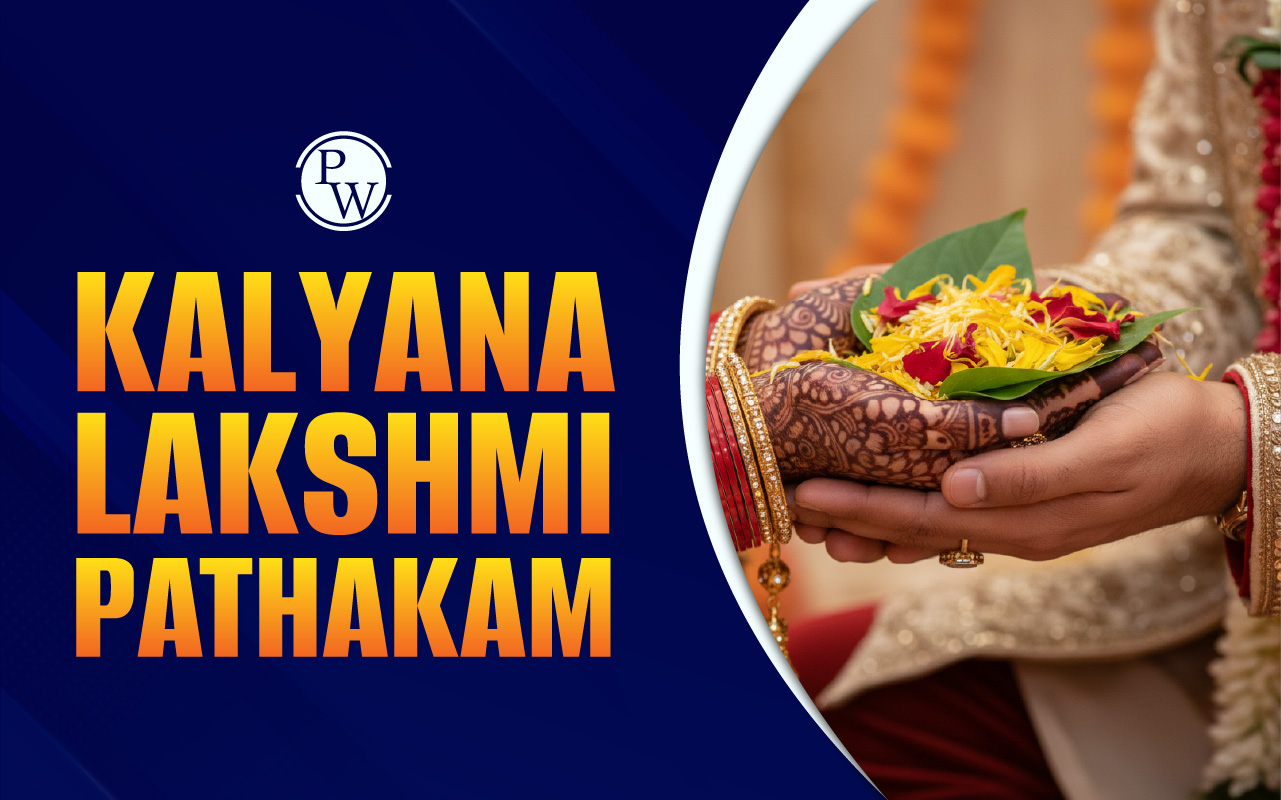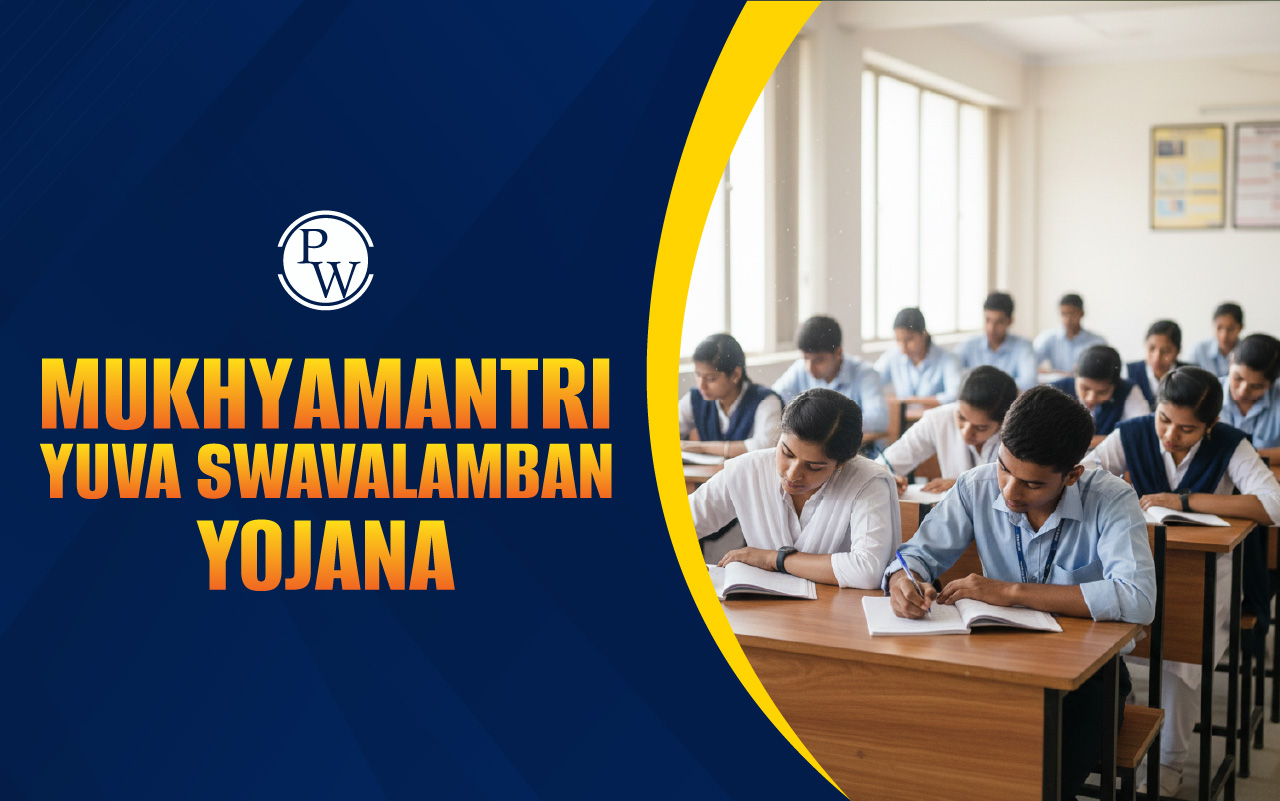
Flag Code of India 2002 allows for the unrestricted display of the national flag, with honor and dignity of the flag being respected. The Flag Code did not replace any of the pre-existing rules governing the hoisting of the flag. It was an effort to bring together all the previous laws, rules, and practices.
Here, we will explore all details about the Flag Code of India 2002, its meaning, features, rules, Har Ghar Tiranga Campaign 2025, and others.
What is the Flag Code of India?
The Flag Code of India provides a set of laws, rules, and regulations governing the display, handling, and use of the Indian National Flag. It was launched by the Ministry of Home Affairs and came into effect from January 26, 2004. The implementation of the Flag Code of India 2002 allowed citizens to hoist flag everyday under certain conditions. Earlier, the national flag was allowed to be hoisted only on certain special occasions.
The Flag Code focuses on the guidelines for the proper handling of the national flag. It brings and puts together all the rules, laws, and conventions related to the national flag under one document. It also provides the provisions and clear instructions for the public and private individuals, government offices, and organizations to hoist the national flag.
Features of Flag Code of India
The Flag Code of India 2002 provides all the provisions and features for the hoisting, handling, and display of the Indian national flag. Through these codes, it is ensured that the dignity of India’s National Flag is maintained at all times. The table mentioned below provides all details related to the details of the Flag Code of India:
| Features of Flag Code of India | |
| Aspects | Details |
| Material | cotton, silk, khadi, or polyester. |
| Flag Dimensions | Ratio of length to height is 3:2 |
| Timings of Display | Anytime in open day/night over a flagpole |
| Hoisting Position | To be hoisted in a straight and respectful manner |
| Writings and Symbols | There should be no symbols or slogans printed over the national flag |
| Position with respect to other Flags | Position should be superior in comparison to other flags |
National Flag Hoisting Rules
Indian citizens should follow several provisions under the Flag Code of India to hoist the flag. The codes are required to look after the timing, positioning, and handling of the flag to prevent dishonor and misuse. Our Indian National Flag represents the symbol of national pride and dignity. The National Flag Hoisting Rules can be summarized as follows:
-
The band with saffron color must always be on top in horizontal display and on the right in vertical display.
-
The flag can be positioned at the half-mast only on occasions of state mourning after the notification by the government.
-
Any type of damaged flag should never be displayed anywhere. The flag should be buried completely.
-
The flag should never dip below to salute any person or anything.
-
It should always be ensured in all circumstances that the national flag occupies a position of honor and is not placed behind anything or anyone.
-
The national flag is prohibited to used as part of clothing or uniform, except for military honors in accordance with the Flag Code of India 2002.
Har Ghar Tiranga 2025
It is a part of the ‘Azadi ka Amrit Mahotsav’ initiative to be celebrated from August 2 - August 15, all over the country. The program was launched for the first time in 2022 and encourages citizens to hoist the national flag in their homes, offices, and workplaces to promote national unity and patriotism.
Large-scale participation from educational institutions, local bodies, welfare associations, and private firms in collaboration with the government is anticipated for the Har Ghar Tiranga 2025 initiative. This program is aligned with the Flag Code of India 2002 after the amendment made in 2022. Some of the key highlights of the Har Ghar Tiranga 2025 program can be summarized as follows:
-
Between August 2 - August 15, 2025, all Indian citizens are encouraged to hoist the Indian national flag at their houses and workplaces.
-
Awareness Drives and programs are scheduled to be conducted over radio, social media, and community platforms.
-
The hoisting and display of the national flag across social media platforms are encouraged.
Get ready for the UPSC 2025 exam, Explore PW UPSC Courses!
Flag Code of India 2002 FAQs
What is appropriate size and ratio of the National Flag?
Can I display National Flag at my home?
What is the timing for flying the National Flag in the open/at the Home?
Can I display National Flag on my car?

UPSC Coaching








